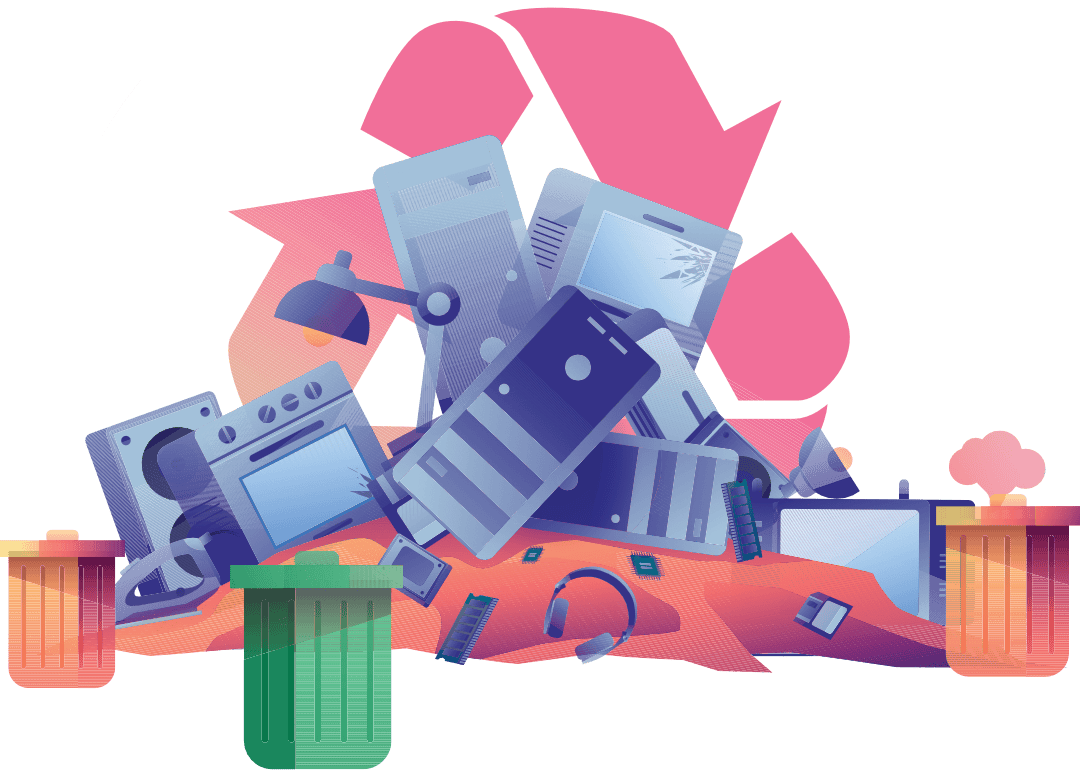Summary
Article Name
E-Waste EPR: All you need to know
DescriptionLearn and understand about the E-Waste EPR Compliances. Know the details and their applicability across the country.
Author
Team GreenSutra
Publisher Name
GreenSutra
Publisher Logo

